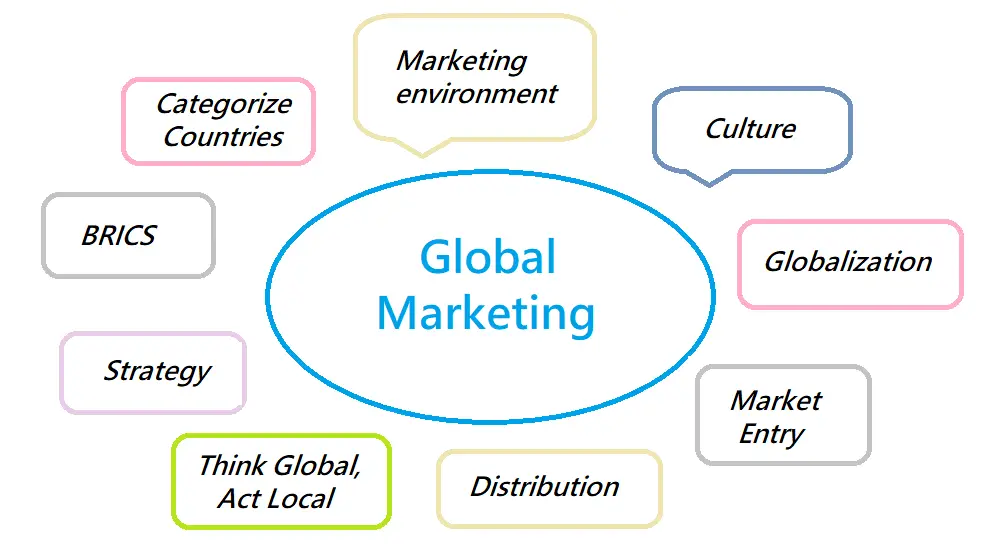
Deprived communities no longer handiest endure disproportionately from COVID, they’re even much more likely to be impacted via the cascading results of lengthy COVID.
With a brand new federal executive, now’s the time to have interaction in transformative making plans to handle a spread of societal problems, together with the have an effect on of the pandemic at the maximum deprived Australians.
We define 3 coverage spaces to handle the have an effect on of lengthy COVID on deprived communities.
Learn extra:
Australia is failing marginalised folks, and it displays in COVID loss of life charges
Contents
Deprived communities already in danger
The higher have an effect on of pandemics on deprived communities was once recognised earlier than COVID.
Along side scientific dangers comparable to weight problems, those communities already contended with social dangers comparable to poverty, bad environments and incapacity.
The interplay between those dangers produces sustained and multiplied drawback, compounding present limitations to well being care and different helps.
Learn extra:
Pandemic ache stays as Australia’s financial restoration leaves the deficient in the back of
Then got here COVID
Whilst the pandemic has taken a toll on everybody, there may be rising world proof of higher results on deprived communities.
Communities with higher insecure employment, housing density and linguistic variety recorded a upper prevalence of COVID infections.
Chance components for poorer medical results from COVID – comparable to high blood pressure (hypertension), diabetes and breathing problems – also are extra not unusual in deprived communities.
Whilst many advanced international locations completed just right vaccine uptake, research file higher vaccine inequity and hesitancy in those communities.

Shutterstock
Low-paid, precarious, very important and handbook staff additionally struggled to stick to stay-at-home orders and social distancing within the face of meals and monetary lack of confidence.
These types of components – some in position earlier than COVID, some new – give a contribution to the next possibility of COVID for deprived communities. That’s even earlier than we commence taking into account the have an effect on of lengthy COVID.
Learn extra:
As lockdowns ease, vaccination disparities possibility additional entrenching drawback
How about lengthy COVID?
The general public with COVID make a complete restoration. However for some, signs linger. The International Well being Group defines lengthy COVID as new, continual or fluctuating signs provide 3 months after COVID an infection, lasting a minimum of two months, and no longer as a consequence of different diagnoses.
Globally, 43% of folks with COVID have ongoing signs affecting day by day existence six months after an infection. Fatigue and reminiscence issues are probably the most regularly reported of the varied signs connected to lengthy COVID. Then again, an Australian find out about of lengthy COVID estimated 5% of folks have signs after 3 months.
So we want to be told extra why those percentages fluctuate.
Learn extra:
Fatigue after COVID is far more than simply feeling drained. 5 recommendations on what to do about it
Lengthy COVID hits deprived communities more durable
Along with the upper possibility of publicity to COVID within the first position, deprived communities lack available services and products and assets to give a boost to complete restoration.
You’ll be able to see how problems such because the emerging price of dwelling and the loss of unwell pay for informal staff will have a disproportionate have an effect on on deprived folks who want to
go back to paintings earlier than they’re totally recovered.

Shutterstock
In deprived communities, there also are extra limitations to gaining access to well being care, with the exception of folks already experiencing drawback.
For instance, we all know asylum seekers and undocumented migrants have skilled worse psychological well being, social isolation and get entry to to well being care than different teams all the way through the pandemic.
Whilst telehealth has unfolded get entry to for some, it will increase limitations for others.
Geographical location could also be a barrier for plenty of Australians with lengthy COVID, with maximum specialist clinics in metropolitan well being services and products.
Learn extra:
5 pointers for younger folks coping with lengthy COVID – from a GP
A rising drawback
The human and monetary prices related to the complicated drawback as a consequence of COVID (and lengthy COVID) are huge.
One research estimated there could be as much as 60,000–133,000 lengthy COVID instances as Australia eased restrictions.
Analyses via the Financial institution of England and america Brookings Institute flag lengthy COVID as a significant component in long run labour shortages.
Then again, now we have few mechanisms to measure and observe any affects. Even hanging a correct determine at the collection of COVID instances is tricky because of the higher reliance on speedy antigen assessments, moderately than PCR assessments.
Learn extra:
We calculated the have an effect on of ‘lengthy COVID’ as Australia opens up. Even with out Omicron, we are apprehensive
What must occur subsequent?
The connection between lengthy COVID and drawback is a collision between two extremely complicated problems. With new variants and reinfections, lengthy COVID can be with us for years, additional expanding an already complicated (or “depraved”) drawback.
Then again, we’re but to look management from native, state and territory, and federal governments in this factor.
Deprived communities (in particular the ones most influenced) are but to be mobilised, to spot and take on the native issues maximum affecting their restoration from COVID. Insurance policies to take on the disproportionate have an effect on on them are but to be advanced.
Those 3 movements would make a significant have an effect on on well being fairness for everybody with lengthy COVID.
1. Measure and observe the problem
We urgently want fine quality knowledge on lengthy COVID to know the trajectory and period of restoration, and its interdependence with social determinants of well being, for instance, dwelling in rural/far flung Australia or being unemployed.
Funding in national standardised knowledge assortment would permit centered give a boost to for the communities that want it maximum.
2. Recognize variety and intersectionality
A reductionist method to lengthy COVID or drawback that goals unmarried facets of somebody’s identification won’t paintings.
That’s as a result of lengthy COVID signs may also be more than one and various, affecting all frame programs. Other folks may additionally revel in more than one layers of drawback. So an “intersectional” way recognizes how more than a few components – comparable to well being, poverty, gender or visa standing – interaction.
3. Paintings with deprived communities
Deprived communities are those maximum suffering from lengthy COVID. So
any coverage must be advanced with their significant involvement.
Other folks know what tangible results would paintings highest (or fail) of their group. So it’s a very powerful to have this enter if we’re to make actual enhancements.
Supply Via https://theconversation.com/first-covid-hit-disadvantaged-communities-harder-now-long-covid-delivers-them-a-further-blow-183908







